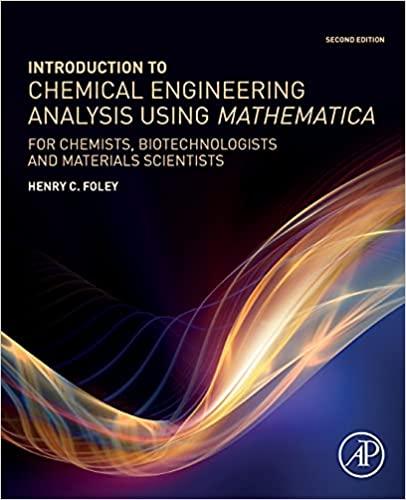Question
For a steady, ideal Rankine Cycle (diagram above), complete the table below: table[[Location,Fluid State,Two R,quired Properties,Enthalpy],[table[[Pump Inlet],[(1)]],saturated liquid,Pressure,Entropy,250],[table[[Boiler Inlet],[(2)]],Compressed Liquid,Pressure,Temperature,255],[table[[Turbine Inlet],[(3)]],Superheated Vapor,Pressure,Temperature,3600],[table[[Turbine],[Outlet (4)]],table[[saturated liquid-],[vapor]],Pressure,Entropy,2400]] Using
For a steady, ideal Rankine Cycle (diagram above), complete the table below:\ \\\\table[[Location,Fluid State,Two R,quired Properties,Enthalpy],[\\\\table[[Pump Inlet],[(1)]],saturated liquid,Pressure,Entropy,250],[\\\\table[[Boiler Inlet],[(2)]],Compressed Liquid,Pressure,Temperature,255],[\\\\table[[Turbine Inlet],[(3)]],Superheated Vapor,Pressure,Temperature,3600],[\\\\table[[Turbine],[Outlet (4)]],\\\\table[[saturated liquid-],[vapor]],Pressure,Entropy,2400]]\ Using the specific enthalpy values given above for every state, what is the specific heat added by the boiler, the specific work done by the turbine, and the specific heat removed by the condenser?\
k(J)/(k)g\ W_(turbine )=\ k(J)/(k)g\ q_(condenser )=\ k(J)/(k)g 
Step by Step Solution
There are 3 Steps involved in it
Step: 1

Get Instant Access to Expert-Tailored Solutions
See step-by-step solutions with expert insights and AI powered tools for academic success
Step: 2

Step: 3

Ace Your Homework with AI
Get the answers you need in no time with our AI-driven, step-by-step assistance
Get Started


